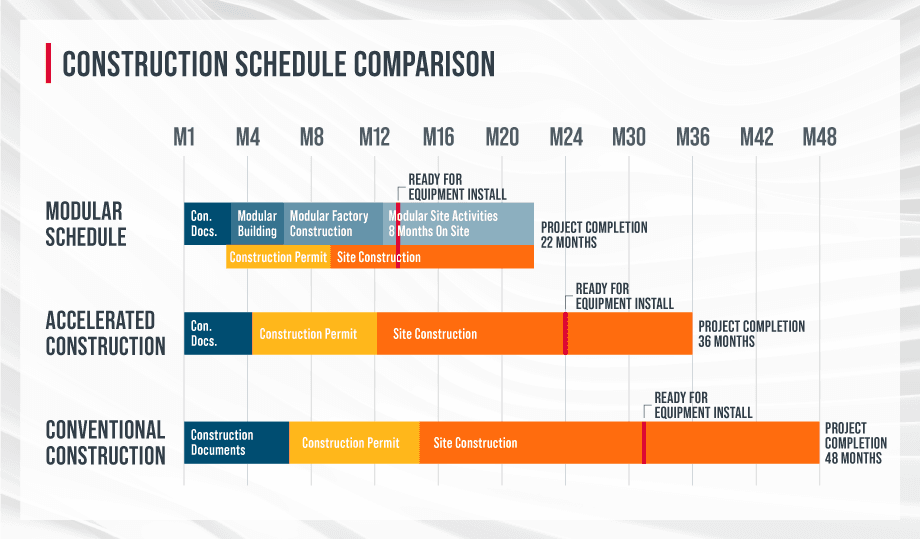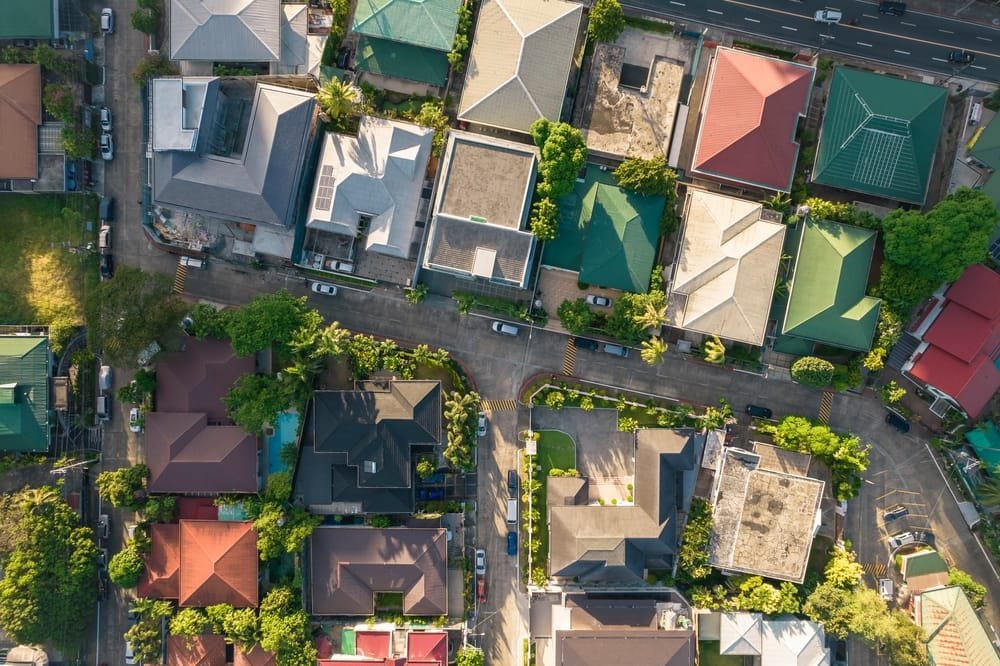The construction industry in the Philippines is evolving, with modular construction gaining popularity due to its numerous advantages. This method offers solutions to the country’s urgent need for affordable housing, rapid urbanization, and disaster recovery. Modular Construction Philippines techniques provide cost-efficiency, quicker project timelines, and promote sustainable practices—making them an attractive choice. Let’s take a look how it can benefit the country!
Cost-Efficiency of Modular Construction Philippines
Modular Construction Philippines is reshaping how buildings are constructed, especially in urban centers where traditional building methods can be expensive. According to a study by McKinsey, modular construction can lower building costs by 20-30% compared to conventional techniques. This is especially important in cities with high labor costs, where modular construction reduces the need for large on-site teams.
In addition, the Philippines’ Department of Trade and Industry highlights that modular construction can reduce material waste by up to 70%, which directly translates into savings on materials. Lower waste means fewer expenses, making this approach highly efficient for developers working on tight budgets.
Faster Construction Timelines

One of the key advantages of Modular Construction Philippines is the speed at which projects can be completed. The Modular Building Institute reports that modular techniques can cut construction times by 30-50%. This is largely because the building components are fabricated off-site while foundational work is done on-site, allowing for parallel tasks and minimizing delays.
This time-saving benefit is particularly crucial in the Philippines, where unpredictable weather often slows down traditional construction. For instance, during post-disaster recovery efforts after Typhoon Haiyan, modular methods reduced rebuilding times by 40-50%, significantly aiding the recovery process. The ability to rapidly construct homes and schools through modular techniques makes it a highly practical solution for disaster-prone areas in the country.
Sustainable Building Practices
Sustainability is a growing concern globally, and the Philippines is no exception. Modular Construction Philippines helps achieve environmental goals by reducing construction waste by 50-90%. The preciseness of prefabrication limits excess material use, aligning with the government’s push for greener construction solutions.
Beyond waste reduction, modular buildings are designed with energy efficiency in mind. Prefabricated structures allow for better insulation and energy-saving designs, contributing to 30-40% energy savings. These savings are beneficial for both homeowners and the environment, reinforcing the Philippines’ efforts to create sustainable urban developments.
The Growing Trend of Modular Construction Philippines
The Philippines is witnessing an increase in the adoption of modular construction. In 2022, there was a 25% rise in the use of modular techniques in commercial and residential projects. This growth is driven by the demand for faster construction timelines, affordable housing, and more resilient infrastructure.
As the government aims to build 6 million housing units by 2028 through its “Build, Build, Build” program, Modular Construction Philippines is seen as a key solution. Its ability to provide affordable, high-quality homes faster than traditional methods is essential in meeting these ambitious targets.
Modular construction is transforming the construction landscape in the Philippines. With its proven cost savings, faster building timelines, and environmental benefits, it’s no surprise that the country is increasingly adopting this method. As the demand for affordable, resilient, and sustainable housing grows, Modular Construction Philippines offers a solution that meets both the economic and environmental goals. The benefits are clear—modular construction is shaping the future of building in the Philippines.

